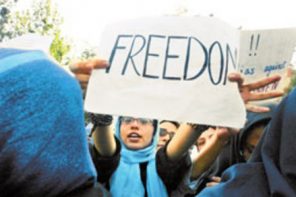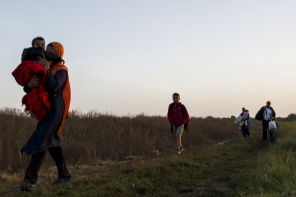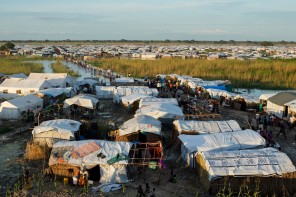I’m up to my ears in UN project reports about peacebuilding activities in various countries, and I continue to see language like this, a recommendation about what a small business should do were it to receive UN financial support: “Give more jobs to vulnerable persons affected by the conflict (ex-combatants, women,
youth, disabled, …)”
Ex-combatants. Women. Youth. The disabled. Earlier, the document mentions the Twa. The only people who aren’t included are adult men who didn’t join in the fight. Why are they getting the crap end of the deal?
I know it’s humanitarian chic to build frameworks around ‘vulnerable populations.’ I know those populations are important — and often overlooked, hence the ‘vulnerable’ — and that the framework helps measure whether they’re being neglected. On the other hand, these documents shove so many people into the categories around which frameworks are built, I wonder if the categories have any meaning.
One more thought: Is all this disaggregation of communities after conflict the right way to go? After war, isn’t everyone who survived it somehow vulnerable? And if we keep talking about communities in ways that exclude from attention unarmed men of age, what are the chances that eventually, if the country hits a rough patcha gain, they become armed?



